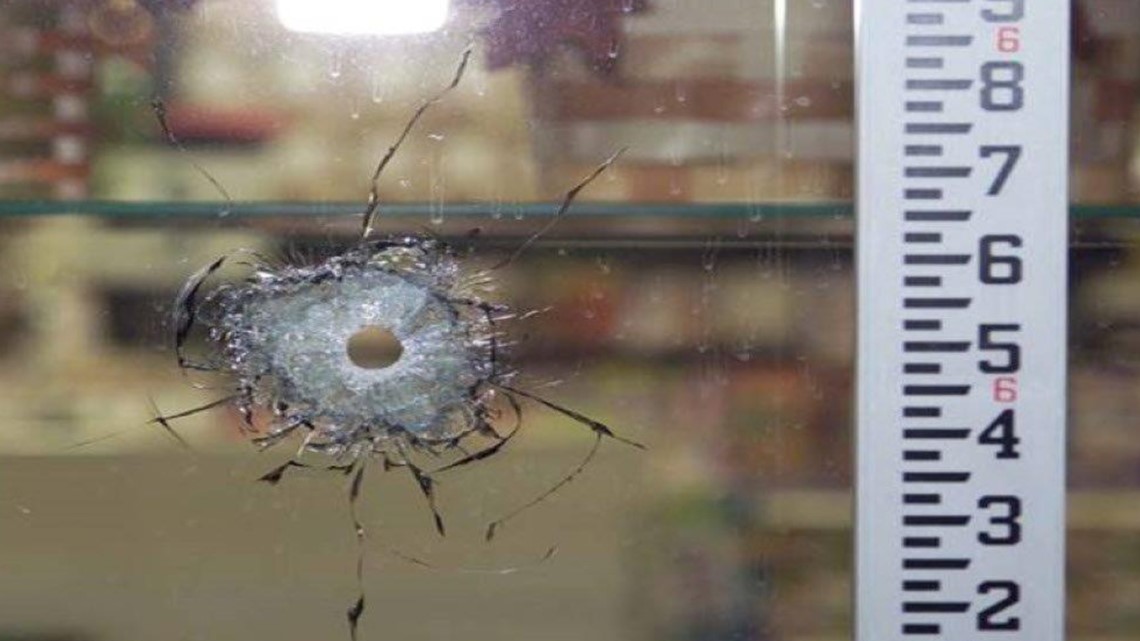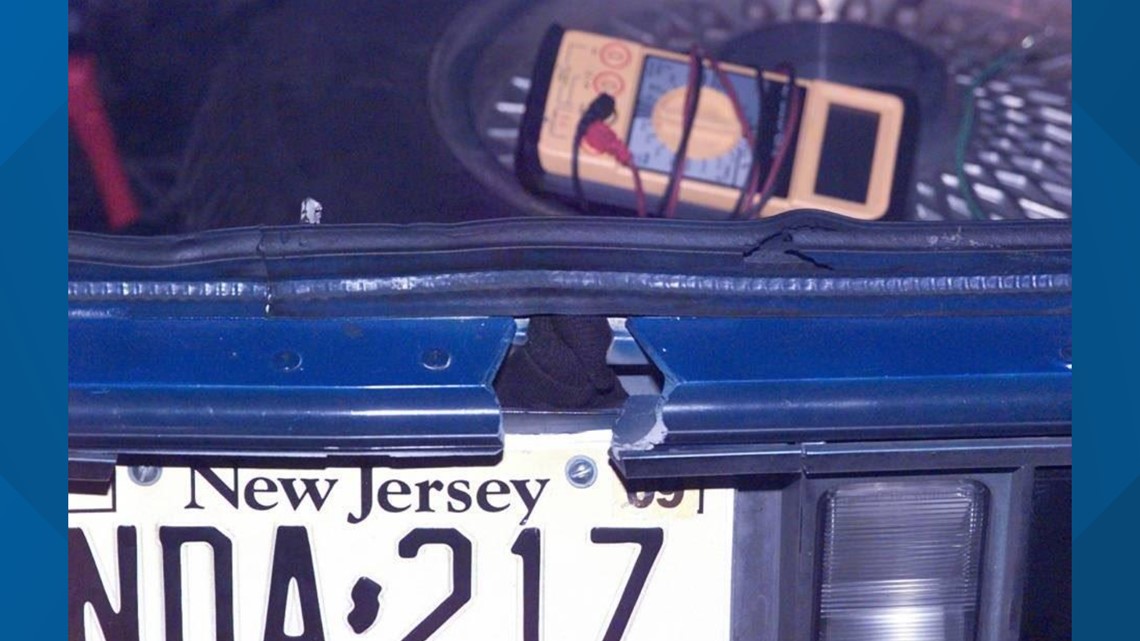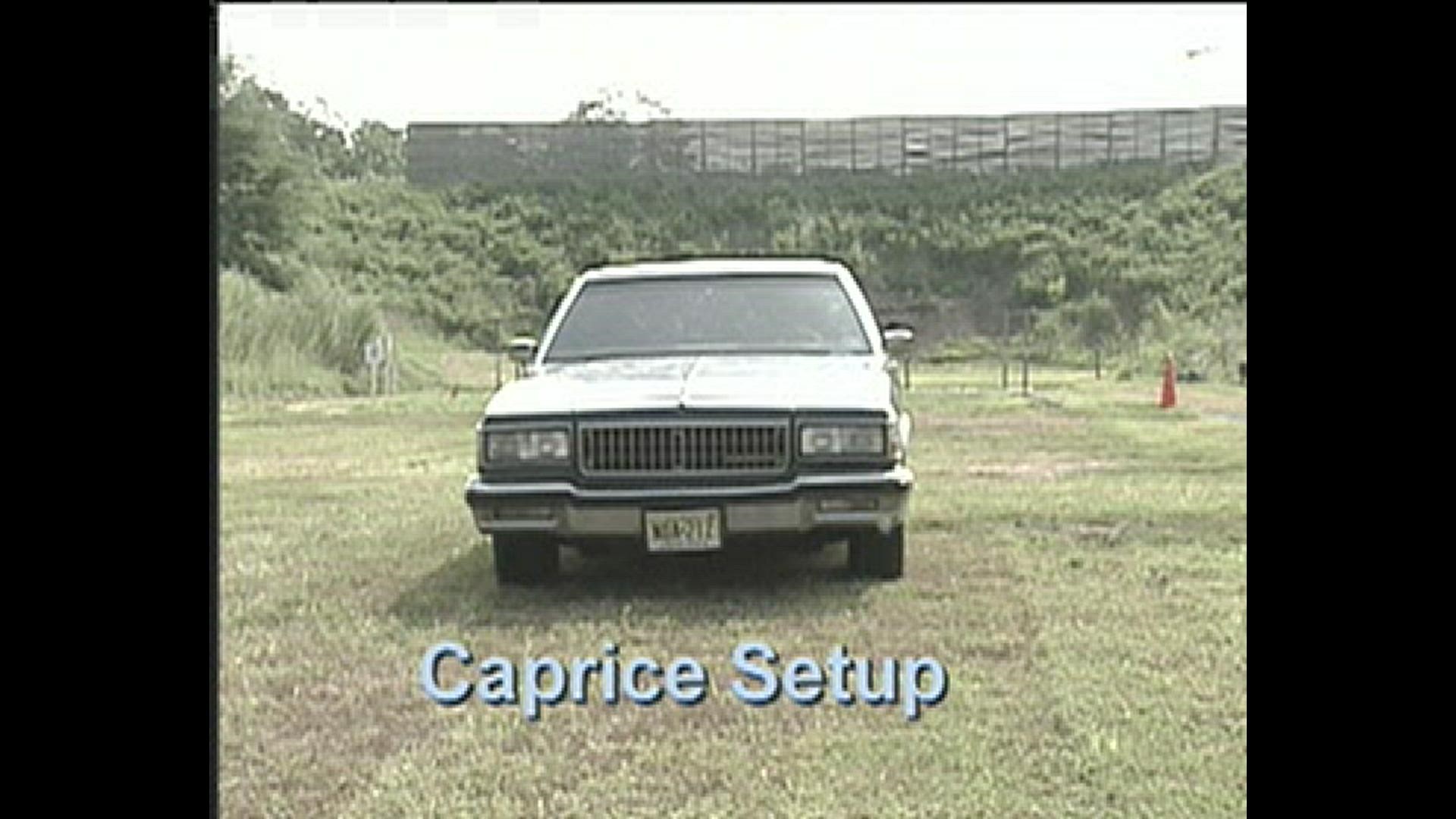WASHINGTON — It’s been 20 years since the Washington region ground to a halt, as two snipers injured and killed multiple people who were simply going about their lives. Still, for those who lived here at the time, and those close to the case, time hasn’t erased the memories.
“I can't remember a chapter I read in my book the day before or what I had for breakfast, but this case comes back with an instant memory of the victims and the dates and the evidence,” retired Supervisory Special Agent April Carroll said.
In 2002, Carroll was a special agent for the ATF. On the fourth day of the Beltway sniper shootings, she was sent to Montgomery County and assigned to the primary investigative team.
“Every time there was another shooting, it was a really sick, unexplainable feeling, really,” she said. “It was just 'oh my God we have to catch these guys. We can't have more killings and shootings.'”
It was a feeling shared across the DMV, as two snipers--John Allen Muhammad and Lee Boyd Malvo, who was 17 at the time--terrorized the area.
In all, ten people in Maryland, Virginia and D.C. were gunned down; multiple others were seriously wounded. These were people going about their daily lives -- pumping gas, shopping, mowing the grass, reading a book.


“That made it so real that anyone was truly a victim or target potentially,” Carroll said.
Carroll began her work in Montgomery County the day 13-year-old Iran Brown was shot. In their notes, the snipers threatened to hurt more children. Carroll is not only an ATF agent, but she’s also a mom, and she had three young kids at the time, so that was particularly difficult for her
“I just kept saying to myself ‘our number one job is to keep communities safe’ and the biggest part of that community that you want to keep safe is your kids," she said. "And so it was, it was really tough."
For three weeks, she and the task force followed up on the thousands of tips called in by citizens.
“There were whiteboards where we would keep the priority leads and the priority targets," Carroll recalls. "And then there'd be another shooting and it'd be like 'ok that white board is now not in play; we got to start a new one."


Carroll told WUSA9 a call from one of the snipers gave them their big break. He didn't give his name, but it was 17-year-old Malvo. He told law enforcement in Montgomery County that he and Muhammad were responsible for an earlier shooting in Montgomery, Alabama.
Law enforcement there had a catalog with a fingerprint that was dropped at the scene. But there were no matches for it in the Alabama state system.
“I think it was an FBI agent that hand-carried it to us and we ran it and we got Lee Boyd Malvo, who had been fingerprinted by the INS earlier that year,” Carroll said.
It was another call, this time from a friend of Muhammad, which Carroll explained led to his identification.
“Someone in Tacoma, Washington had been in the Army with John Allen Williams, who later changed his name to become John Allen Muhammed, and the friend of John Williams said, ‘I really hate to say this but I think your shooter might be a friend of mine from the Army,'" Carroll said. “We said ‘did you ever meet him in the companionship of someone named Lee Boyd Malvo?’ And he said ‘well he had a companion with him that fits that description, but his nickname was sniper.' And we sent that man a photograph of Malvo because we had just identified him and he said ‘yes, that’s him.'"
At that point, Carroll and the team felt like they had the killers
Investigators then identified the Chevy Caprice the snipers were driving and released the license plate number to the media. Leads that once didn't mean anything started to bring the case together.


The end of the crime spree came with one last call --- this time from a refrigerator repairman at a rest stop in Myersville, Maryland.
“He kept the notes on that license plate and when he saw it he called in,” Carroll said. “That's how we found them!”
Malvo was supposed to be keeping watch at that time, but fortunately, he fell asleep in the car.
Carroll explained the snipers were always locked and loaded. They altered the Caprice so that the backseat lifted up, they could crawl into the trunk and shoot the rifle through a hole in the back.
“So, there's no doubt in my mind if they'd have heard law enforcement approaching that it would have been a gunfight,” Carroll said.
Three weeks of fear for the DMV area came to an end with the arrests of Muhammad and Malvo, but Carroll would spend the next seven years on this case. She was assigned as team leader for the prosecution task force and attended Muhammad's 2009 execution with the families of the victims.
“No matter what age you were, you'll remember this, I think, for a lifetime," Carroll said.


